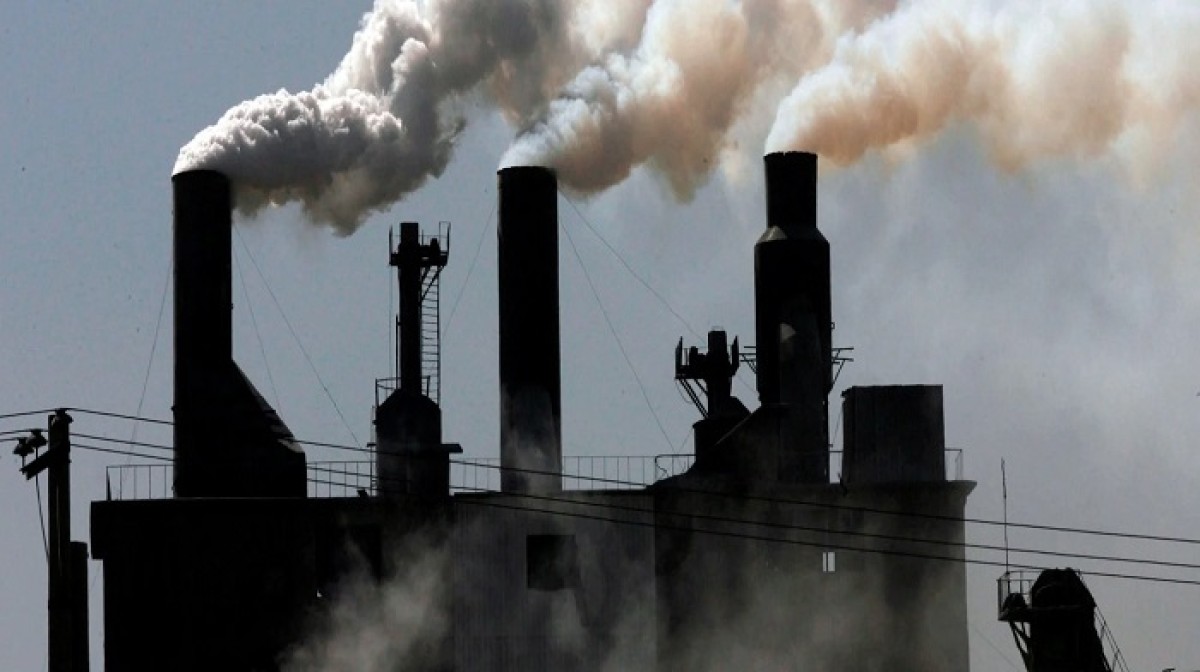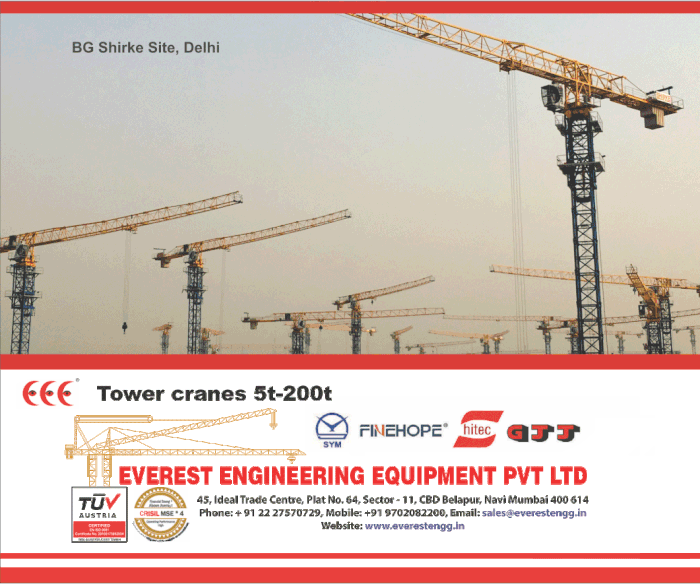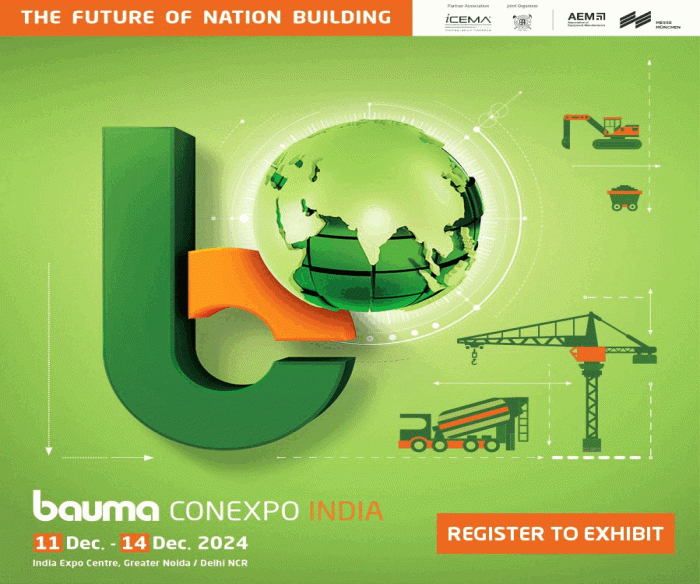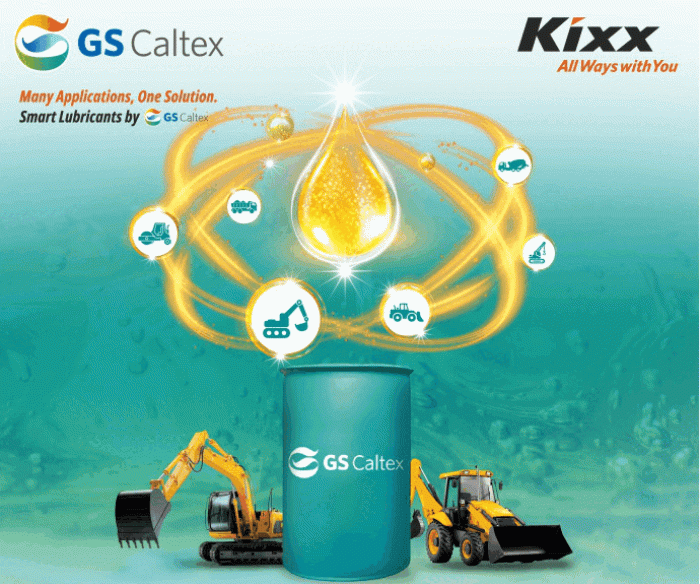India to raise at WTO EU’s plan to levy carbon tax on imports
The carbon emission intensity of Indian steel plants ranges between around 2.3 and 2.8 tonnes of crude steel produced With 15 percent of India’s exports going to the EU, the proposed CBAM could put Indian exporters in a spot. India is likely to raise the issue of carbon tax, to be imposed by the European Union, in the WTO. According to the minutes of a meeting held in December and chaired by senior officials of the Department of Commerce (DoC), it was decided that “DoC will raise the issue of CBAM (carbon border adjustment mechanism) in all appropriate fora of the WTO CTG / CTD / CTE / CMA.” The said taxation will be implemented in 2026, and the transition period will begin in 2023, when importers in the EU will have to report (every quarter) the related emissions on goods brought in. Short-term measures suggested by officials include “interventions in the Committee on Trade and Environment (CTE), Committee on Market Access (CMA), Committee for Trade and Development (CTD), Council for Trade in Goods (CTG), and coordination with like-minded members for responding to the taxation.” India is also exploring the possibility of having its own carbon border adjustment mechanism “based on per capita emissions or per capita cumulative (historical) emissions.” The Department of Revenue, in consultation with DEA, DGFT, and DoC, has been asked to look into it. A representation by a law firm, present at the meeting, pointed out an impact on eight sectors: iron and steel, aluminium, cement, fertiliser, electricity, hydrogen, indirect emissions, and downstream products like screws and bolts. Apart from the Commerce Ministry, officials in attendance were from ministries like the Steel, Chemicals and Petrochemicals, Power, Mines, Petroleum and Natural Gas, Fertilizers, and Department of Economic Affairs, among others
















Leave a comment